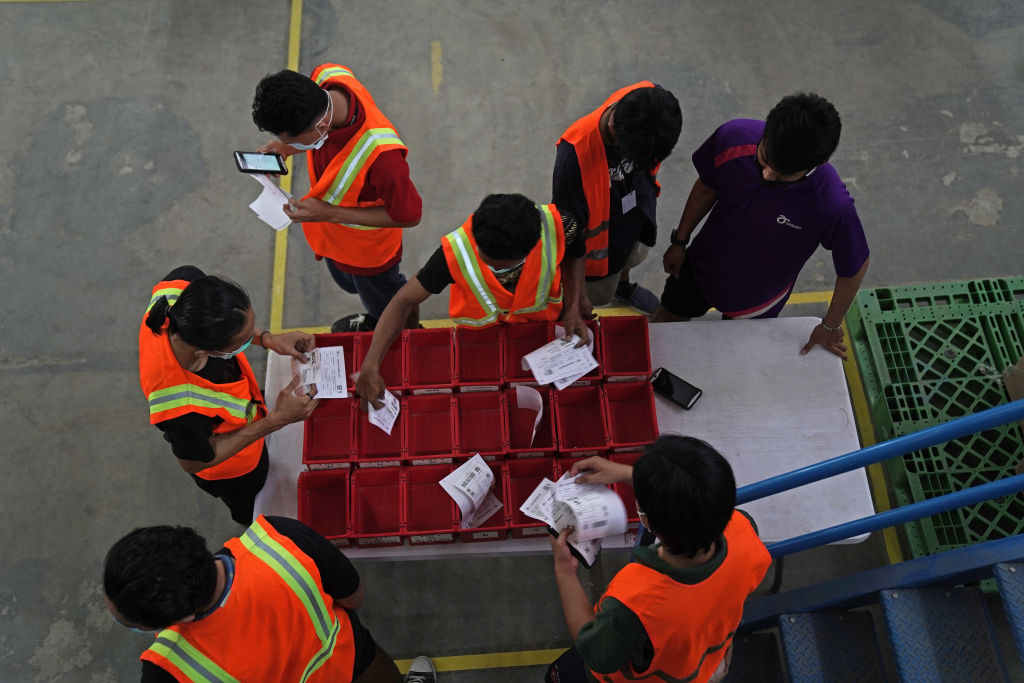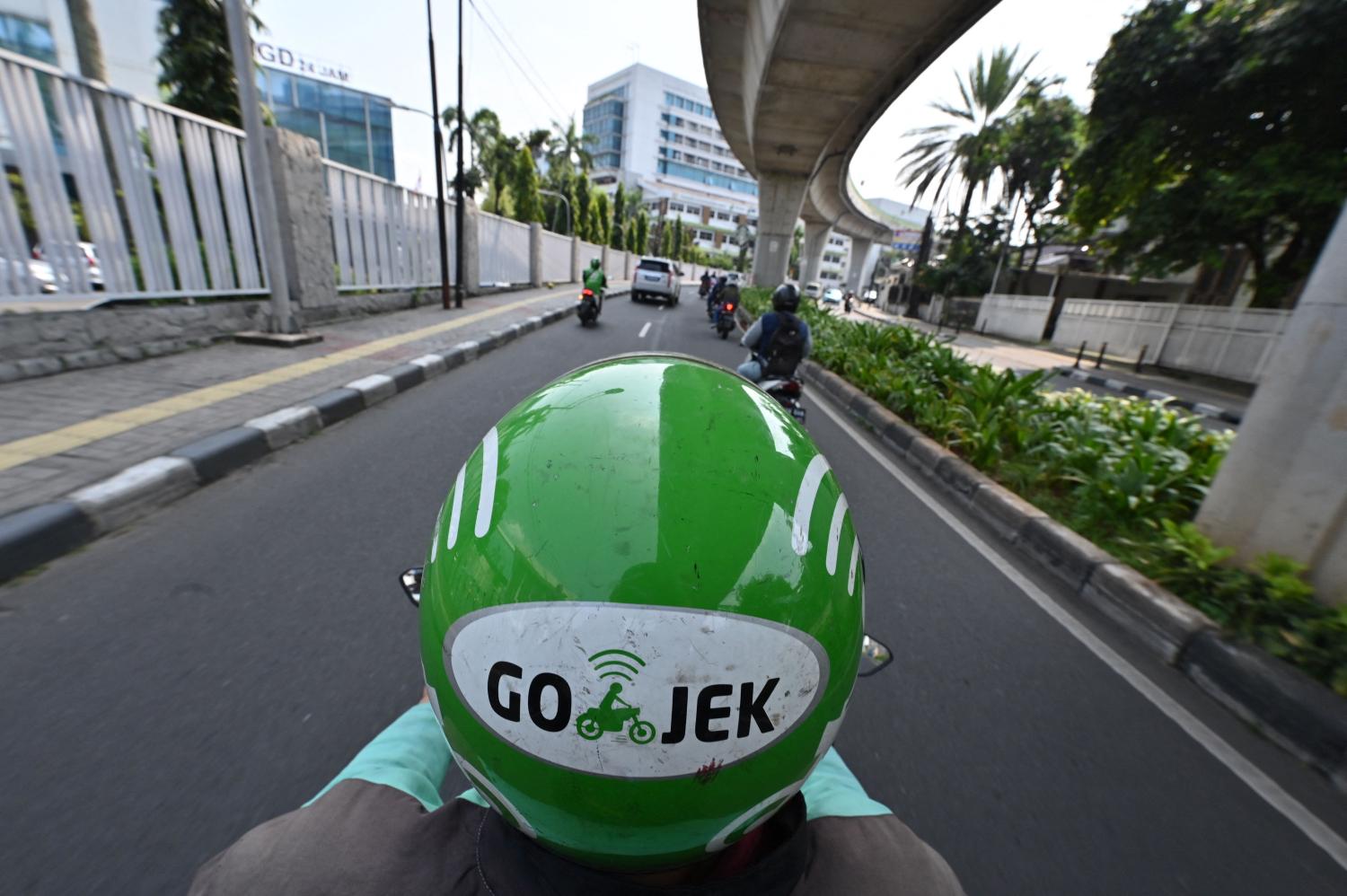In 2019, Indonesian President Joko Widodo surprised many when he appointed 35-year old Nadiem Makarim as Minister for Education and Culture. Makarim had risen to prominence as the founder of Indonesian ride-hailing start-up Gojek – at the time valued at US$9.5 billion. Widodo also appointed several other start-up founders to his personal staff. The appointments highlighted that Indonesian start-ups had moved beyond the business world to wielding political influence.
Fast forward to today and Southeast Asia’s start up ecosystem is growing in size and influence. In the first half of 2021 there were 393 investments with US$4.4 billion raised, primarily from private capital. The region is already home to over 40 “unicorns” – start-ups with a valuation over US$1 billion.
While the sector has been affected by broader economic trends in recent years, the long-term outlook is bright due to the strong macro-economic fundamentals in major Southeast Asia economies, rapid digital adoption, a rising middle class, and growing talent. Start-ups will become increasingly influential actors in both business and politics. So it makes sense for Australia to consider how it can support and build influence with the region’s start-up ecosystem.
The Albanese government has moved rapidly to implement a suite of commitments to bolster ties with Southeast Asia, including establishing an Office of Southeast Asia in the Department of Foreign Affairs and Trade, and appointing former Macquarie Group CEO Nicholas Moore as Special Envoy to the region.
Work has also kicked off to develop a Southeast Asia Economic Strategy to 2040, due for release this year. With foreign aid buying Australia declining influence in the region, the question becomes where else the government should place strategic bets. The long-term outlook for the region’s start-up ecosystem aligns well with the 2040 time horizon of the strategy. Other players such as Japan, China, and the United States are already influential in the region, so the government needs to act quickly.
The government should launch a major initiative to support investment and build links between the Southeast Asian and Australian start-up ecosystems. Start-up founders usually begin with an idea or technology for which they seek funding (angel investment, seed funding and venture capital) and support (incubator and accelerator programs) to grow their business. This ecosystem has helped grow billion-dollar Australian companies such as Atlassian and Canva.
Linking start-up ecosystems will do more than just generate commercial returns. Southeast Asian start-ups are playing an increasingly important role addressing the economic development challenges facing their countries. They are increasingly shifting their focus from the digital domain to grappling with “real world” problems around supply chains, human capital and environmental sustainability.

I’ve previously made the case for the government to establish a venture capital (VC) fund focused on Southeast Asia by adapting the Breakthrough Victoria model. The demand for capital is clear. In my recent visit to Jakarta and Singapore, start-ups indicated a desire to tap Australia as a funding source.
Australia’s VC funds have around $12 billion funds under management and the superannuation industry some $3.4 trillion. In addition to the funds it deploys, a government-backed VC fund would play a crucial role conducting due diligence on investment opportunities. This would help to crowd in other investors by giving them confidence in a region where they lack experience and knowledge.
Crucially, this fund would return money to government coffers in the medium term. VC funds generally work on a 6–10 year timeframe to generate a return.
The government could couple this fund with an accelerator program that supports Australian start-ups to enter Southeast Asia and vice versa. And new landing pads in Indonesia and Vietnam would build connections with the most dynamic markets in the region.
This suite of measures could be tailored to align with the government’s broader international development priorities. For instance, the tech sector is well known for being male-dominated. In Southeast Asia only 23 per cent of VC funds have a woman in an investment decision-making role. The picture is similarly bleak for start-ups founded solely by women, attracting 0.6 per cent of capital investment. The government can play a role in addressing this imbalance.
In the Asialink Business report Empowering Women Innovation Leaders in Australian and Southeast Asia we laid out an action plan to address this challenge. Practical measures include internship programs, recognition through regional awards, mentoring and coaching, and grants for female entrepreneurs.
A major initiative in this space would be new territory for the government. But bold and innovative ideas are needed if Australia is to maintain its relevance and influence in the region.

